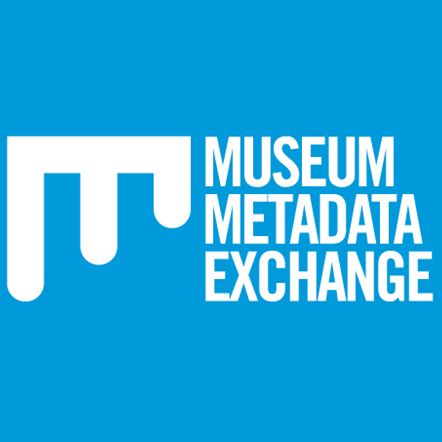Brief description
The Microscopy collection at the Medical History Museum includes dozens of examples of simple and compound microscopes from 1800-1950. Included are monocular and binocular microscopes; lenses; lamps; and sets of slides.Full description
The Microscopy collection at the Medical History Museum includes dozens of examples of simple and compound microscopes from 1800-1950. Included are monocular and binocular microscopes; lenses; lamps; and sets of slides. Some of the more interesting individual items include: a compound microscope made by Watson and Sons around 1860; a Zeiss microscope used by Sir Harry Allen in the Pathology Department; a drum monocular microscope probably made by Dolland of London around 1820; an early 1860s Powell and Lealand with interchangeable nosepiece and a Leeuwenhoek simple microscope, mounted on a wooden display block probably made by Copie of Leiden. Dr. W.H. Royal's 200 piece portable travelling laboratory with all the materials needed to make stained slide mounts from fresh samples. Owned by Dr. W.H. Royal of Castle Combe, England and used by a Missionary Doctor to Africa. A Japanese microscope found in the tunnels at Rabaul, New Guinea at the end of World War Two.Significance
This collection contains a range of medical and scientific instruments of significance to the history of Science in Australia.Data time period: 1800 to 1950
Spatial Coverage And Location
text: Melbourne, Victoria, Australia
text: Africa
text: Japan
text: Rabaul
text: New Guinea
Subjects
Allen |
Copie |
Dolland |
Harry |
Instrumentation |
Lealand |
Leeuwenhoek |
Medical Equipment |
Medical History |
Microscopes |
Microscopy |
Pathology |
Powell |
Science |
Scientific Instruments |
Scientific instruments |
Scientists |
Sir |
W.H. Royal |
Watson and Sons |
World war Two |
Zeiss |
binocular |
compound |
diseases |
health |
lamps |
lenses |
medicine |
missionaries |
monocular |
optical instruments |
simple |
slides |
social history |
travelling laboratory |
User Contributed Tags
Login to tag this record with meaningful keywords to make it easier to discover
Identifiers
- Local : MHM001
- URI : www.jnmhugateways.unimelb.edu.au/mhm/MHMS023.htm#MHM00013



